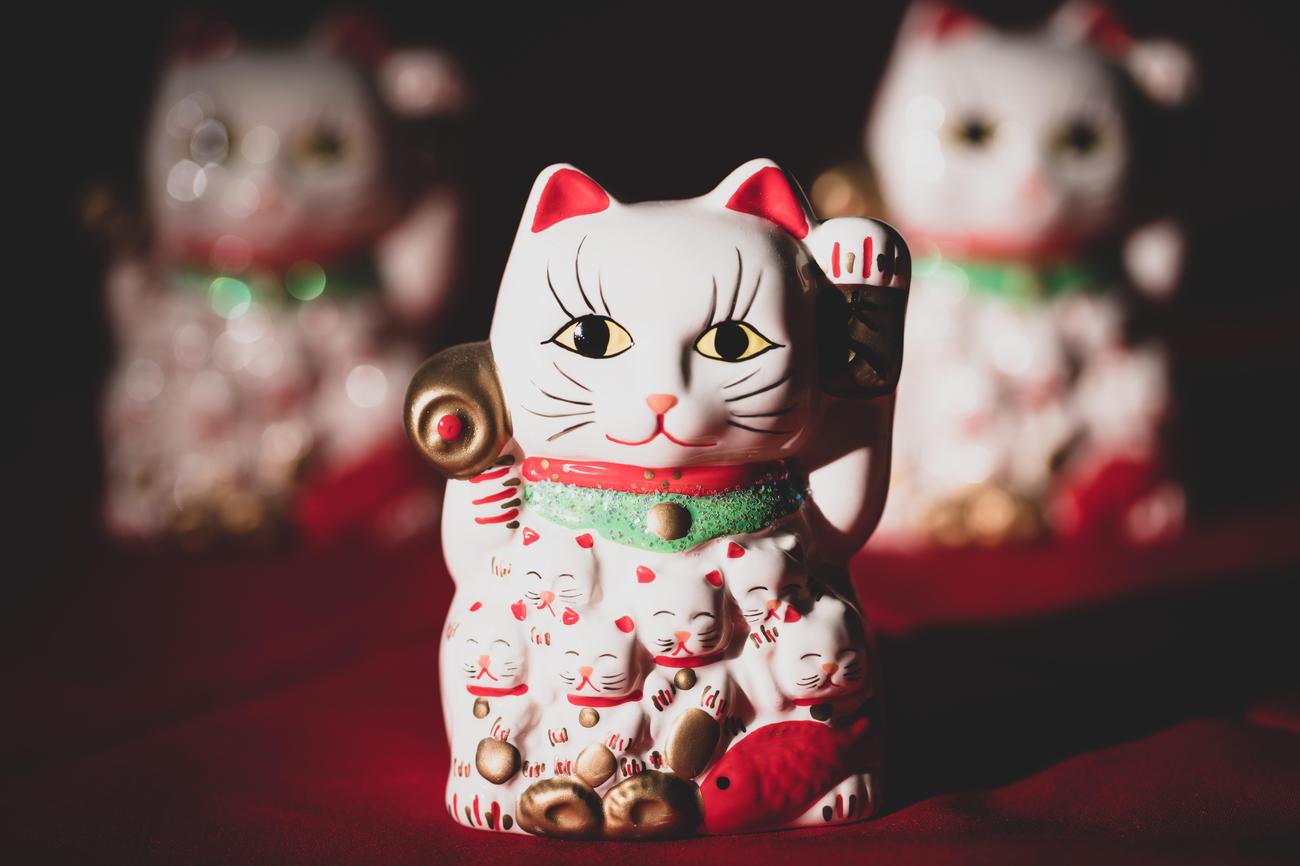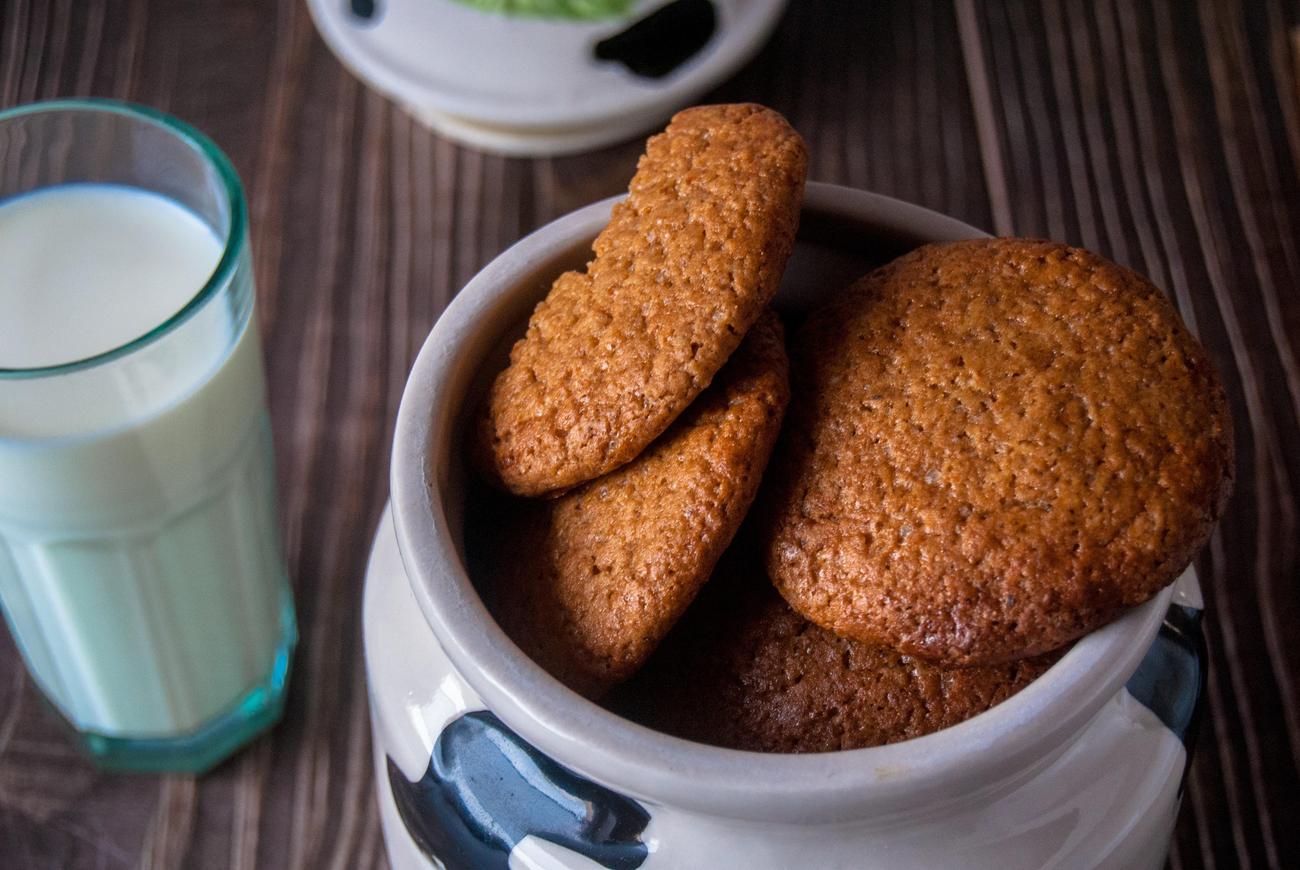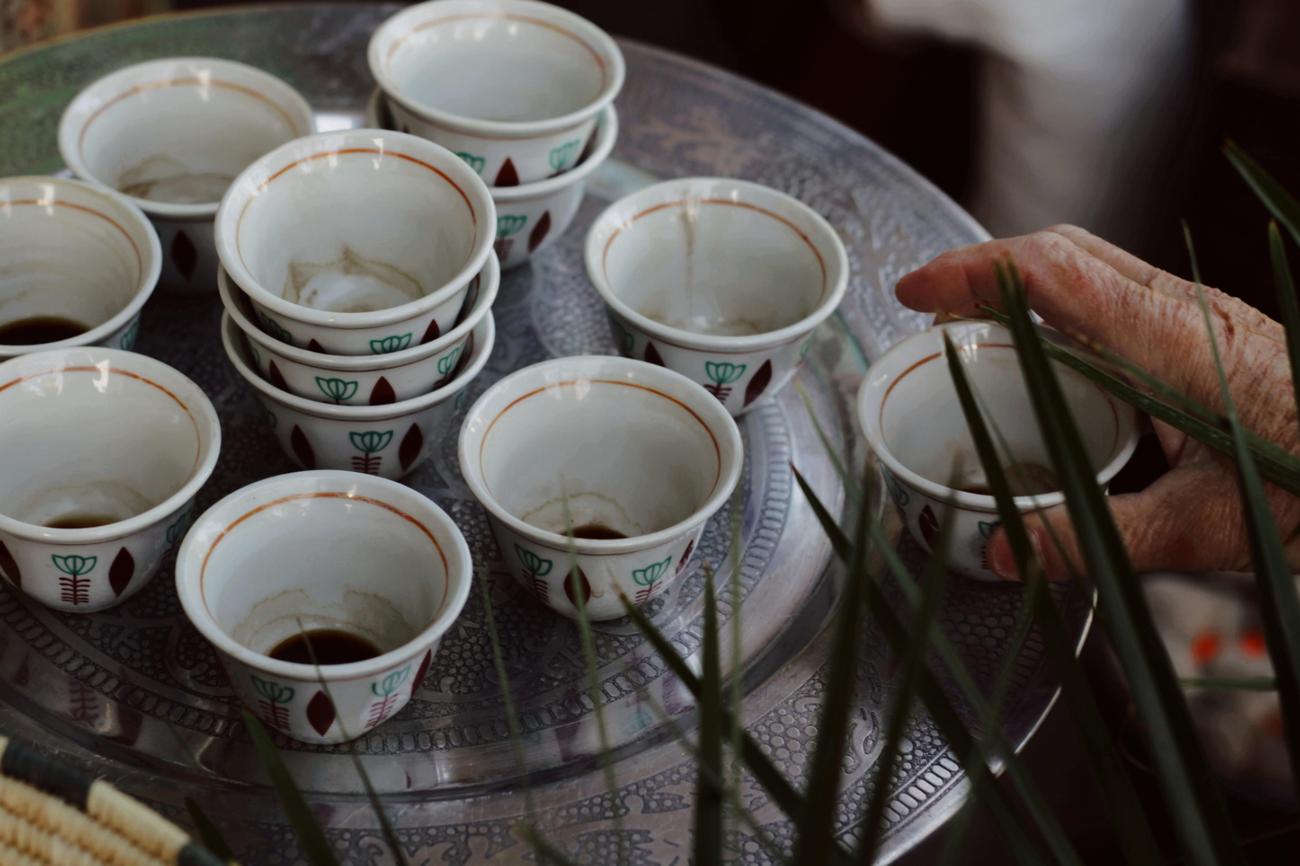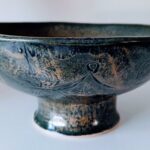Unraveling the Intricacies of Ceramics Slip: A Comprehensive Guide

Welcome to the fascinating world of ceramics slip, where artistry and science intertwine to create exquisite pieces of pottery. As a seasoned ceramics professional with over a decade of experience, I invite you to join me on a journey of discovery into the intricate realm of slip. In this comprehensive guide, we will delve into the depths of what slip truly is in ceramics, uncovering its secrets and unraveling its complexities. Drawing upon my expertise in ceramics engineering and hands-on knowledge gained from working at renowned pottery studios, we will explore the significance of slip applications and its multifaceted uses in the ceramics industry. From formulating unique slip recipes to experimenting with different clay bodies and mastering various slip casting techniques, this guide aims to empower you with the knowledge and insights needed to navigate the world of ceramics slip with confidence, innovation, and artistry.
What is Slip in Ceramics?
As a seasoned ceramics professional with over a decade of experience in the field, I’ve witnessed firsthand the transformative power of slip in ceramics. Slip is a liquefied suspension of clay particles in water, serving as a fundamental element in pottery and ceramics. It is an essential component that enables artists and potters to push the boundaries of creativity and achieve stunning results.
Understanding Slip Composition and Types
Ceramic slip is primarily composed of clay and water, creating a fluid mixture that can be easily manipulated for various purposes. This versatile medium can be used for joining clay pieces together, glazing, and decorative applications. The possibilities are endless when it comes to the creative potential of slip in the ceramics industry.
Creating Slip: The Process
To create slip, clay scraps are soaked in water to soften them into a slurry. Once softened, the mixture is screened to remove any lumps or impurities. This meticulously crafted slip becomes a potent tool in the hands of a skilled potter, ready to be applied to achieve intricate patterns, textures, and decorations on ceramics.
Joining Clay Pieces with Slip
One of the most common applications of slip in ceramics is its use for joining clay pieces together. When working with greenware, scored surfaces can be coated with slip, allowing the pieces to adhere firmly. This technique ensures that the joined pieces will withstand the pressures of shaping and firing, creating durable and aesthetically pleasing ceramics.
Unleashing Creative Potential with Slip Decorating
Another captivating aspect of slip in ceramics is its ability to enhance the visual appeal of pottery through slip decorating. This technique involves applying slip to the surface of the pottery in various ways. It can be brushed on, sprayed on, or even dipped in a container of slip. By experimenting with different application methods and techniques, artists can achieve unique and captivating designs that elevate their ceramic creations.
The Art of Slip Casting
One of the defining methods in ceramics is slip casting, a process that utilizes an absorbent plaster mold. In slip casting, the liquefied clay, or slip, is poured into the mold. The water content of the slip is absorbed by the plaster, leaving behind a layer of clay that takes on the shape of the mold. This technique allows for the production of consistent and intricately detailed pottery, opening up new avenues for creativity and precise craftsmanship.
Exploring Slipware: Glazing and Decoration
Slipware is another remarkable application of slip in ceramics. It refers to pottery on which slip has been applied for glazing or decoration purposes. By meticulously layering slips of different colors and textures, artisans can achieve striking visual effects on their ceramics. Colored slips are created by adding metal oxides to regular clay slip, enabling potters to create vibrant and captivating colors on their pottery.
In summary, slip is not just a simple mixture of clay and water; it is the lifeblood of creativity in the ceramics industry. It allows for the joining of clay pieces, offers endless opportunities for decorative applications, and serves as a vehicle for innovative slip casting techniques. The possibilities are truly limitless when it comes to exploring the complexities and potential of slip in ceramics, making it a must-have tool for any pottery enthusiast or professional. So embrace slip in your ceramics journey and let your creativity flow!
“Slip in ceramics is the transformative medium that breathes life into clay, allowing it to take on new forms and textures. By mastering the art of slip, you can unleash your creative potential and elevate your ceramics to new heights.”
Ceramics have fascinated humans for thousands of years, and it’s easy to see why. From ancient pottery to modern-day sculptures, ceramics have always held a special place in our hearts. If you’re curious about this versatile and beautiful art form, we’ve got you covered. Check out our collection of interesting facts about ceramics and discover the unique world of clay. Whether you’re a history buff or simply appreciate the craftsmanship, our facts about ceramics will surely pique your curiosity. So why wait? Click here to explore more: Facts About Ceramics.
What is Slip in Pottery and How is it Used?
[youtube v=”uX3q1_vULQ4″]
In pottery and ceramics, slip is a thin solution of clay that is used for various purposes such as joining clay pieces together, glazing, and decorative applications. Unlike the clay used to form a pot, slip is mixed to a thin consistency and applied to the outside of the pot. It can be painted onto the pot’s surface, offering the opportunity to incorporate different colors and create visually appealing designs.
When it comes to selecting clay for pottery, the clay with the best working qualities may not necessarily have the desired colors. In contrast, clays with vibrant or beautiful colors often lack the necessary working properties required to build pots. To overcome this, potters often use slip in conjunction with the base clay. This enables them to build the pot with a more practical clay, while adding a layer of colored slip to achieve the desired aesthetic.
One of the advantages of using slip is that it can be polished to a nice shine. Slip is made from fine quality clay, which can be burnished to achieve a smooth and glossy finish. This adds an extra level of sophistication to the final product, enhancing its visual appeal.
In addition to enhancing the appearance of pottery, slip also serves as a versatile tool for exploring creative potential. It allows potters to experiment with vibrant and captivating colors by using colored slips. This opens up a world of possibilities for creating unique and personalized pottery pieces.
In summary, slip is an indispensable tool for pottery enthusiasts and professionals alike. Its versatility makes it suitable for joining clay pieces together, glazing, and decorative applications. By incorporating slip into their pottery techniques, artisans can explore a wide range of creative possibilities and produce pottery pieces that are both visually stunning and technically impressive.

FAQ
Q: What is slip in ceramics?
A: Slip in ceramics refers to a liquefied suspension of clay particles in water. It is used for various purposes in pottery and ceramics, including joining clay pieces together, glazing, and decorating. Ceramic slip is primarily composed of clay and water, and it can be made by softening clay scraps in water and removing any lumps. Slip can be applied to scored surfaces on greenware to join them together or used for slip decorating by brushing, spraying, or dipping pottery pieces. Slip casting, another pottery method, involves pouring slip into an absorbent plaster mold, which absorbs the water and leaves a layer of clay.
Q: How is colored slip made?
A: Colored slips are created by adding metal oxides to regular clay slip. These metal oxides can impart vibrant colors to pottery when the slip is applied. By experimenting with different metal oxides and ratios, ceramic artists can achieve a wide range of hues and create intricate patterns and designs on their pieces.
Q: What is the difference between slip and liquified clay in ceramics?
A: Slip and liquified clay are not interchangeable terms. Slip refers to a liquified clay or clay slurry used for various purposes in ceramics, while liquified clay simply refers to clay suspended in water without a fixed ratio. Slip is a versatile material that can be sourced from water and clay, allowing artists to create intricate patterns, textures, and decorations on ceramics.
Q: How can slip be used for glazing ceramics?
A: Slip can be used for slipware, where it is applied to pottery either for glazing or decoration purposes. When applied to greenware, slip can create a layer that acts as a glaze when fired. This allows for unique and distinctive glazing effects, enhancing the visual appeal of ceramics.
Q: What are the advantages of using slip casting in ceramics?
A: Slip casting offers several advantages in ceramics. It allows artists to create intricate and delicate forms that are difficult to achieve through other methods. Additionally, slip casting enables mass production as multiple copies of the same design can be reproduced using one plaster mold. This method also allows for the exploration of different surface textures and finishes, enhancing the artistic possibilities in ceramics.
- China II Review: Delicious Food & Speedy Service - April 17, 2025
- Understand Virginia’s Flag: History & Debate - April 17, 2025
- Explore Long Island’s Map: Unique Regions & Insights - April 17, 2025
















